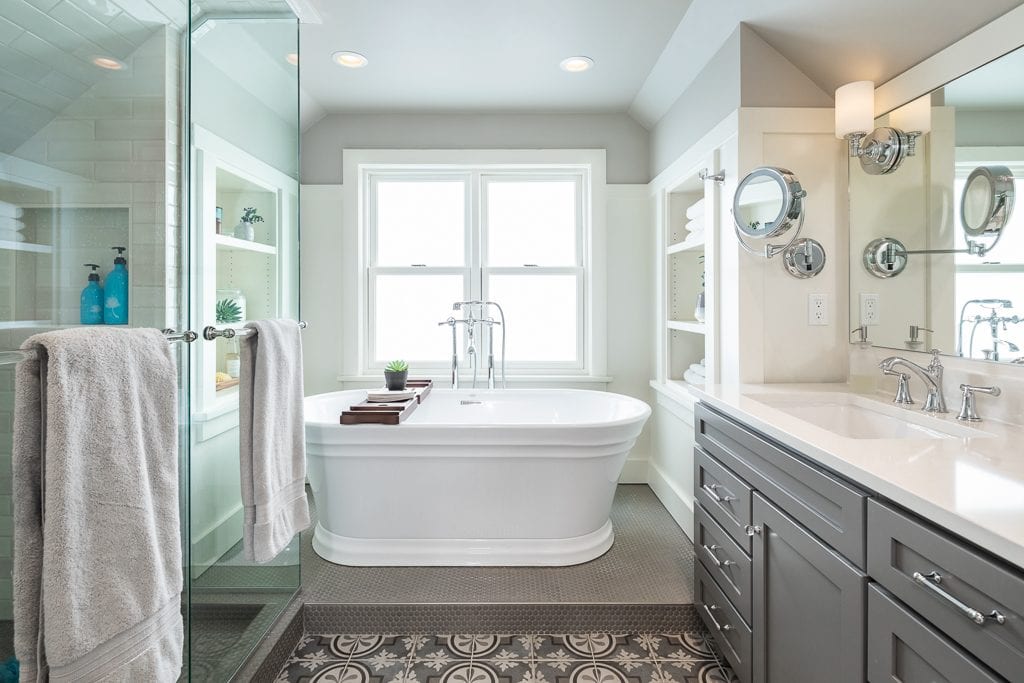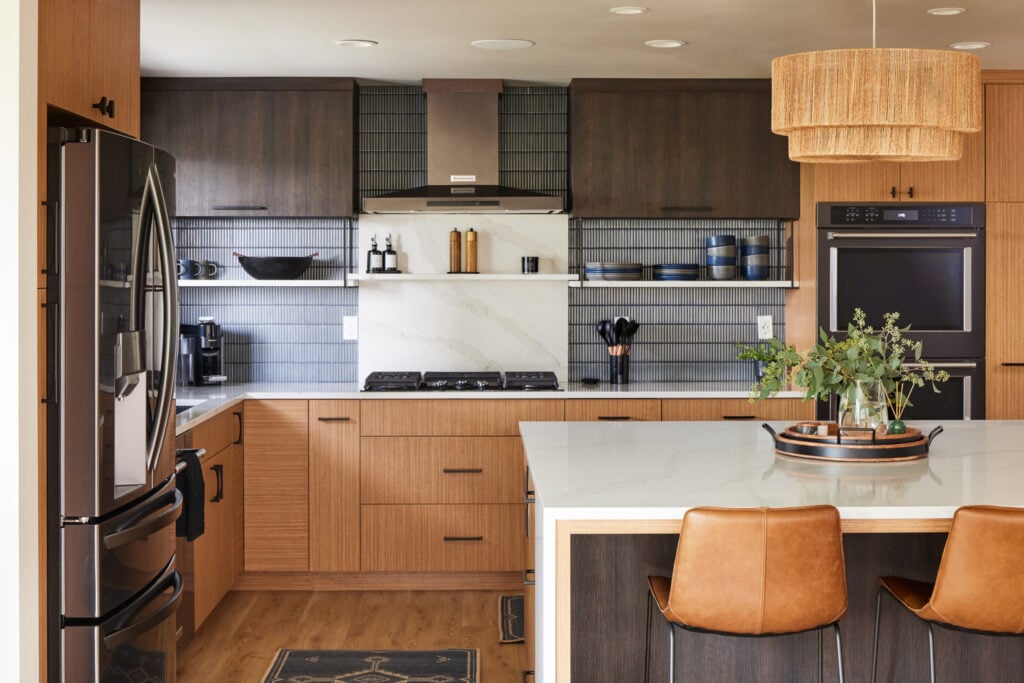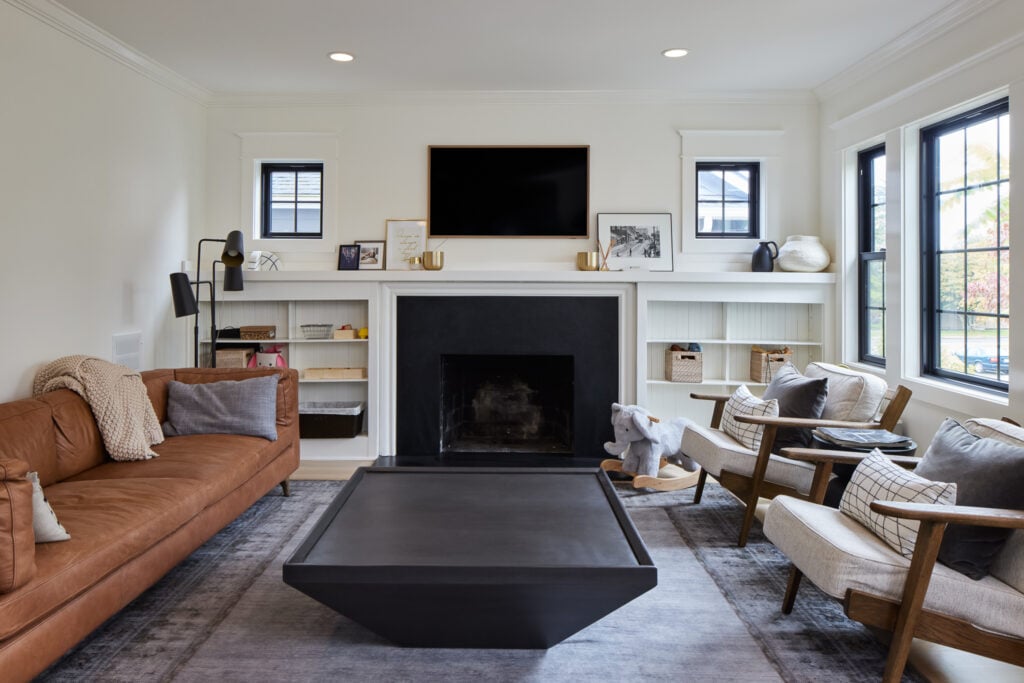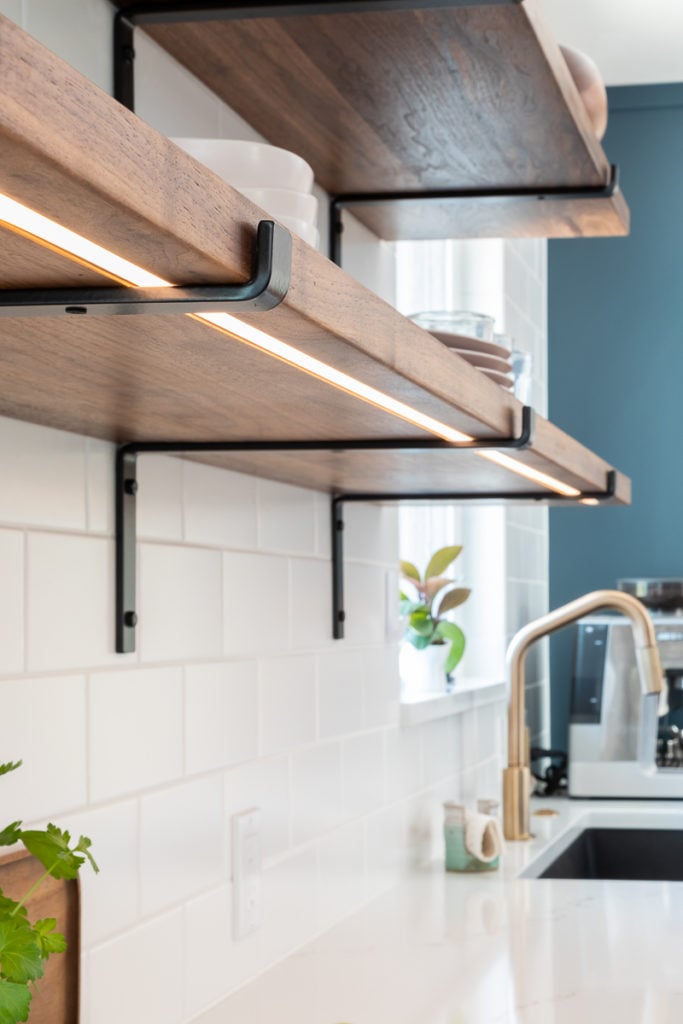Your home should be your haven. A place where you can recharge and ready yourself for any obstacles you may face externally. The best way to transform your home into a haven is to focus on features and décor that promote wellness. Your home should be a reflection of who you are and what brings you happiness. Every space—your home office, home gym, kitchen, bedroom and more—can help promote wellbeing in different ways. An interior designer can help you make good design choices rooted in wellness.
Eleanor Ratcliffe, an environmental psychologist and lecturer at the University of Surrey says: “A home design that reflects who you are – your values, needs, and interests – can make you feel good about yourself and more in control. This is especially relevant when life feels uncertain.” Now more than ever, focusing on your wellbeing at home is critical. Let’s explore some ways to take your home design to a deeper level.
Increase Natural Light
Interior Design Solution: Adding skylights, solar tubes, or rethinking your window treatments.
If you’re located in the Seattle area, you know Seasonal Affective Disorder (aka SAD) is common during the winter. Cloudy weather and less daylight can lead to lethargy and feelings of hopelessness for many people. While not everyone is affected so acutely, being exposed to natural daylight does scientifically help every human’s circadian rhythm and mood. If you spend a lot of time indoors, especially in the winter, consider how your home is designed to help you access natural light.


Many older homes have very tight, closed floor plans that limit natural light. If you have plenty of windows, but don’t see natural light filtering through some spaces of your home, it may be worth considering a layout change. Removing or moving walls can help. So can adding skylights or solar tubes to bring light in from above. There are many great ways to brighten up a dark space in your home.
If additional natural light is not an option, you can always consider rethinking your window treatments or installing additional light fixtures. If you have heavy, light-blocking curtains in your main living spaces, it might be beneficial to swap them out for more transparent ones. For your office or bedroom, you could purchase a sun therapy lamp to reap similar benefits to natural light.
Reduce Exposure to Chemicals & Allergens
Interior Design Solution: Choosing low-VOC, natural products and reducing air pollution with air purifiers.
According to the EPA, most Americans spend 90% of their day indoors, and more so now that many people are working from home. Yet, the EPA states “Indoor concentrations of some pollutants have increased in recent decades due to such factors as energy-efficient building construction (when it lacks sufficient mechanical ventilation to ensure adequate air exchange) and increased use of synthetic building materials, furnishings, personal care products, pesticides, and household cleaners.” Thinking about indoor air quality can greatly improve the well-being of people who suffers from asthma, eczema and other allergies.
How can you improve indoor air quality?
There’s a seemingly endless ways in which you can improve your indoor air quality, which makes this a great place to start if you’d like to have a healthier home. Choosing products that are not only marketed as, but also certified as, low-VOC and natural is vital. Natural materials like wool, jute and wood are not only cozy, but can also be help regular moisture and even be resistant to dust mites. Consider natural materials with minimal finishes for your home furniture and décor. Likewise, consider swapping out chemical-ridden cleaners and bath products for more natural ones.

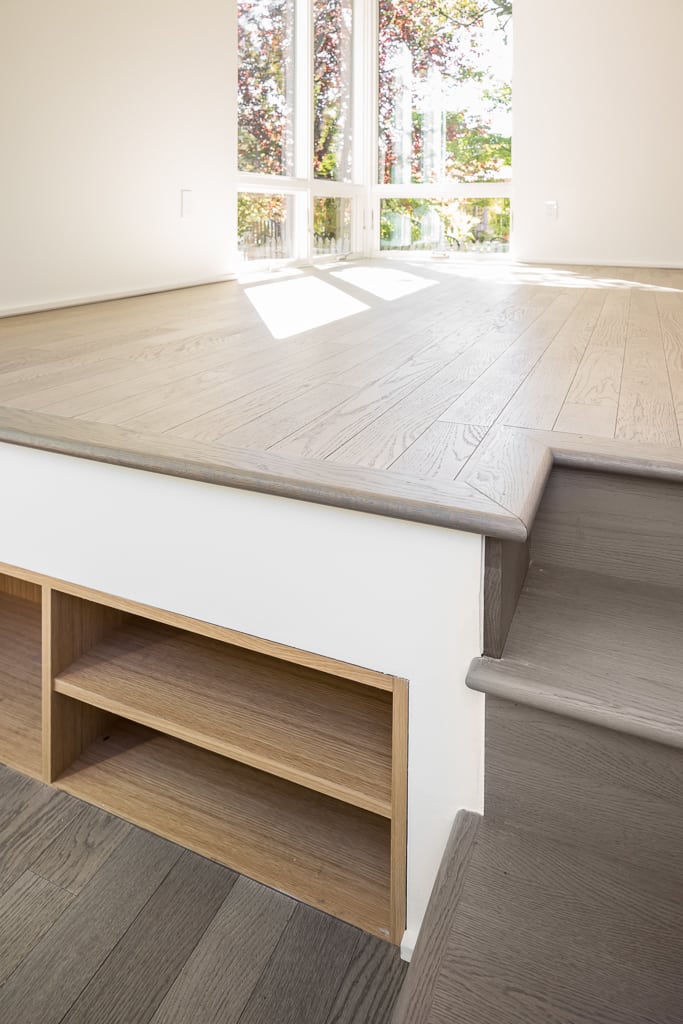
You can also institute a no shoes policy at your entryway to keep outdoor containments from spreading throughout your home. A designated entryway, with shoe and coat storage, is helpful for keeping organized and has indoor air benefits too. If crafting a custom entryway isn’t an option, a simple shoe rack will do the trick.
Finally, another great way to improve indoor air quality is to add houseplants and/or air purifiers to your home. Some plants have been proven to clean the air and help provide fresh oxygen. Likewise, air purifiers with HEPA filters can remove a significant amount of indoor air pollutants. Air purifiers come in a variety of shapes and styles to fit your budget and interior design.
If you are someone in your, reducing exposure at home is a great place to start.
Access Filtered Water
Interior Design Solution: Replacing the refrigerator, plumbing, faucets, and shower heads.
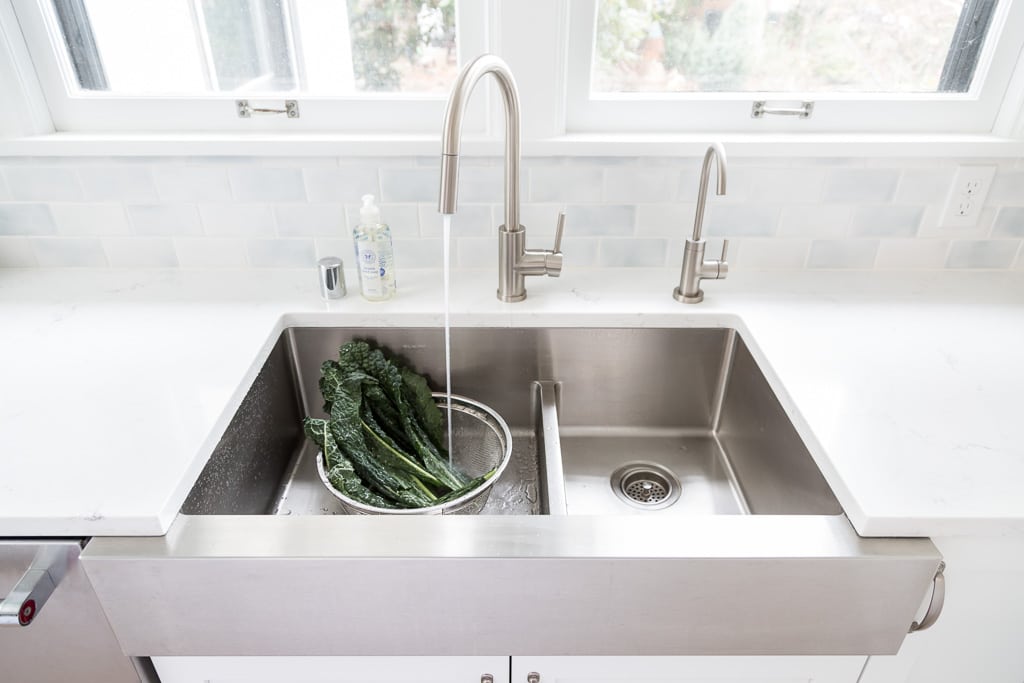
Simple upgrades to your water supply may bring great rewards. Clean drinking water is foundational to good health. Yet, the quality of drinking water varies considerably depending on the water source and the system that delivers it. In the Seattle area, we have a great water supply, but it’s still important to check your local public utilities data and decide for yourself. Or make some easy upgrades during your next home remodel to ensure better drinking water indefinitely.
Replacing old fixtures and pipes with new ones can give your water supply a clean space to run through before reaching you. Old piping can sometimes be corroded or blocked, causing contaminants to reach your glass. Replacing old appliances, especially the refrigerator, can offer an opportunity to have access to filtered water directly from the source. Upgrades can be made to your kitchen faucet under the sink or shower head attachments to supply filtered water from those points too.
Promote Organization
Interior Design Solution: Built-in storage, organization tools and creating “zones”.
Finding an appropriate place for everything at home can help you get more organized in other areas of your life too. By organizing your home, you’re establishing healthy habits that will likely spill over into your work and personal life. Increasing organization in your home is two-fold: creating built-in storage options and utilizing organization tools will help you clear the clutter.
For built-in storage options consider the areas of your home you can add functional storage. What do you have a lot of in your home? Is it extra towels? Books? Wine? Examples of tailored storage include: linen closets, storage benches, shelving, wine cellars and built-in cabinetry. A contractor can help you add these storage and organization systems during your custom home build or remodel.

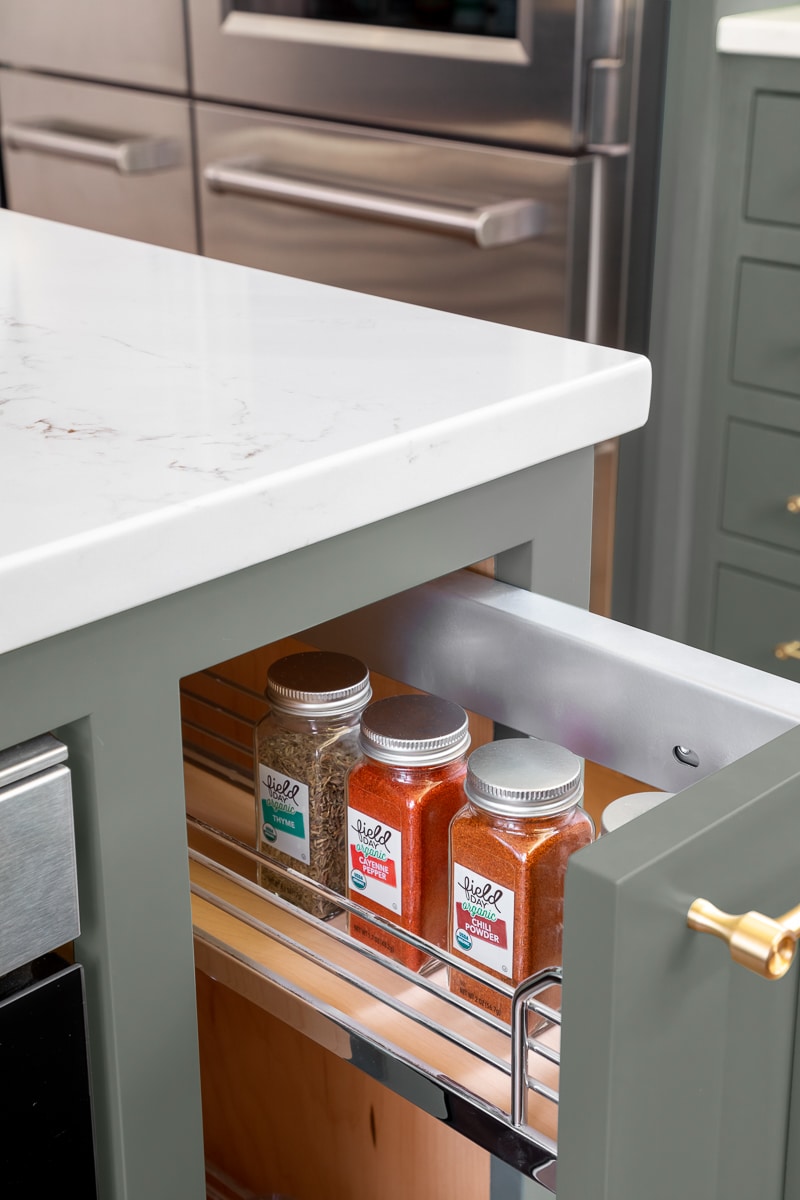
If space is limited, you still have options. Organization techniques and tools can help you make good use of the limited space you do have. Under-sink storage caddies, spice racks and space-saving clothes hangers are all examples of simple tools for transforming spaces. Furniture with storage is also an option if space is limited elsewhere. A coffee table or ottoman that opens for storage can be a clever solution for keeping your living room clear of extra blankets, magazines, toys, and games.
Creating zones is a simple method for maintaining high-level organization in your home, by designating certain tasks to specific areas or rooms. Using a corner of the home or spare room as a home gym, for example, will keep exercise equipment from finding its way into other areas of the home. A home office should follow the same principle and be a one stop shop for all your work from home needs.
Homeowners often find that organizing one area of the home has a snowball effect, which leads them to continue organizing in other rooms. Popular personalities and shows like The Home Edit and Marie Kondo make organization accessible and easy to replicate.
Enhance Creativity
Interior Design Solution: Changing up your wall colors, room layouts and major fixtures.
Many people crave outlets for creativity and spaces of inspiration. Reimagining a space can change how you think and help spark creativity in your life. By changing your home design from time to time, you can see you space in new ways and open your mind to new possibilities.
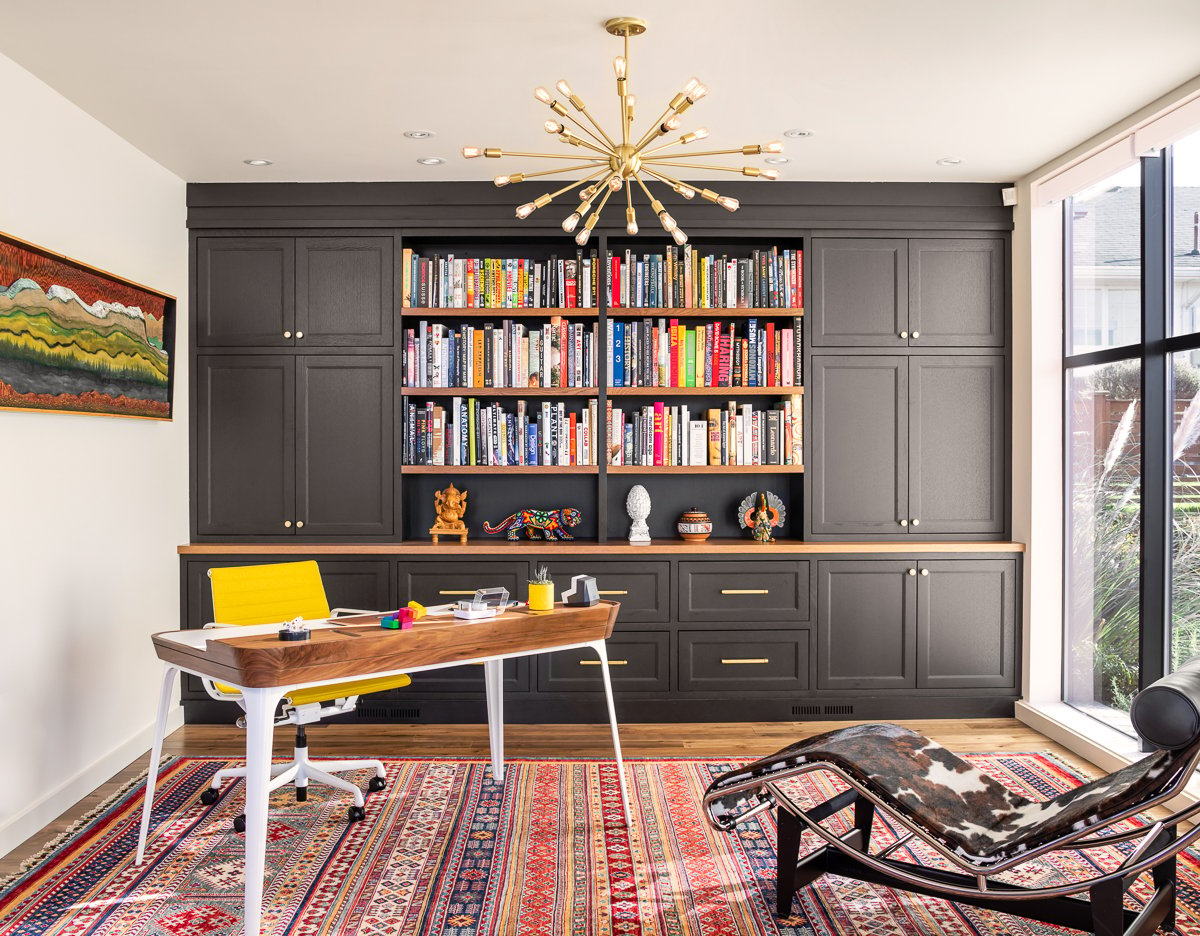
Changing up your interior design can be as simple as painting a room a new color, but we challenge you to think even bigger. Reimagine an entire room. Change everything you don’t love about it into something inspiring. Don’t have a proper home office? Finally turn that neglected spare bedroom into the office of your dreams. If you need an office that allows you to hunker down and focus for large periods of time, work on creating the most comfortable and functional space you can. Perhaps that means adding a subtle wallpaper, a built-in desk and better task lighting. Think about all the small details too such as: cabinet pulls, a ceiling fan, window treatments and seating options.
If you’ve always wanted a dark movie room, now’s the time. If you crave a home yoga studio, dream it and bring it to life. Seeing your home in new ways will help you stay creative.
Foster Better Sleep
Interior Design Solution: Furniture positioning, adaptive lighting and replacing your mattress.
Sleep is one of the foundational principles of wellness. If you’ve ever gotten bad sleep that led to a groggy and negative next day, which most everyone has, you know how powerful good sleep can be. Set yourself up for success by examining your bedroom from all angles and determining how you can alter it for better sleep. Location, bed positioning, lighting, air circulation and décor all play a role in crafting your ideal sleeping environment.
For some, this may mean swapping your main bedroom altogether. If you’re an early riser, it may help to have your main bedroom facing east so you can rise with the sun. Conversely, if you’re a night owl or work night shifts, you may want your bedroom to be shielded from the sun. Consider if it’s worth compromising space and moving into a smaller bedroom so you can tune into your natural circadian rhythms.
Some solutions that don’t require a drastic shift in your home include furniture positioning, adaptive lighting and mattress choice. Find the optimal place for your bed that is either far from or close to the window, depending on your preference. Make sure you’re not sleeping directly next to a heating vent, as temperature control can play a big role in the quality of your sleep. If you sleep hot, consider adding a ceiling fan if you don’t already have one, or talk to your contractor about adding a mini-split system for single room cooling.
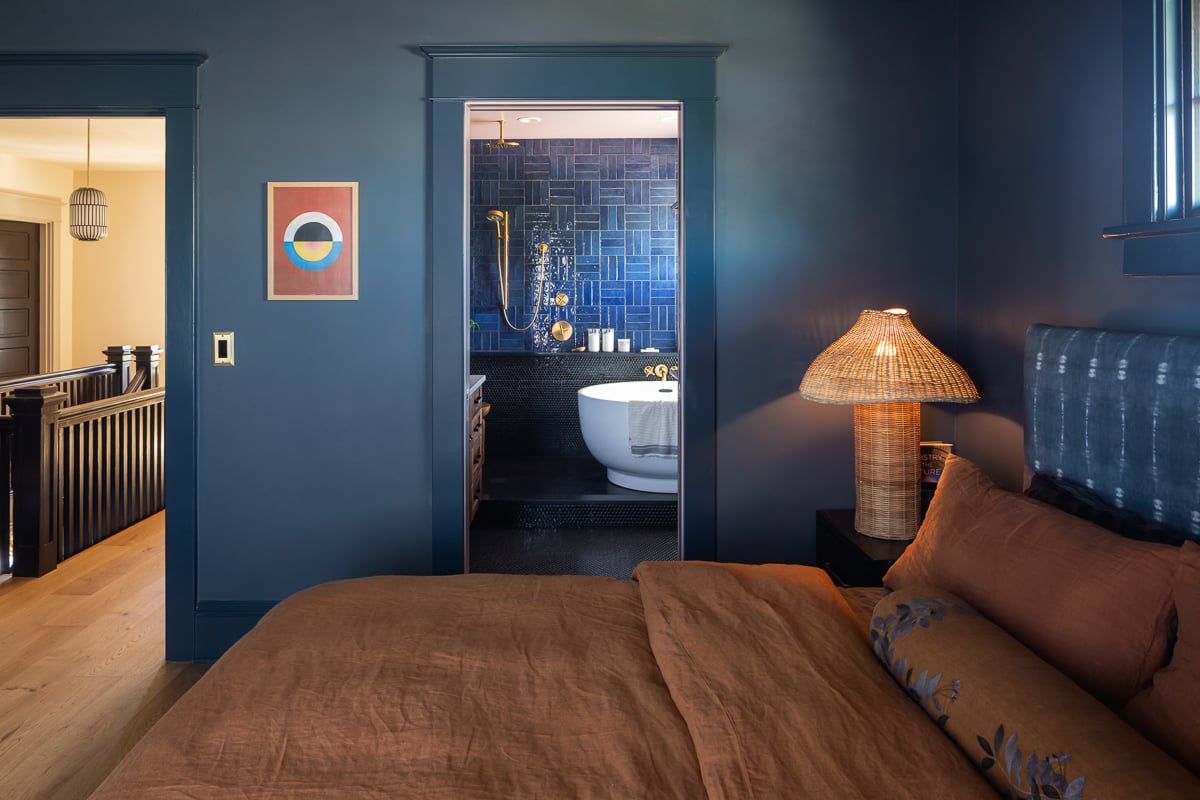
As mentioned above, lighting can play a big role in your wellness at home. This is especially true in the bedroom. Having good lighting during the morning and day is essential for waking up. If your lighting is too soft or too harsh, a dimmer switch can help you adapt your bedroom lighting as needed. Sunrise mimicking alarm clocks can help if you don’t have any or many windows for natural light in the morning. Bedside sconces and lamps can provide softer and warmer lighting in the evening when it’s time to wind down. Window blinds or curtains can also be a valuable tool for adjusting lighting as needed.
A final consideration is your mattress. If you’re moving or remodeling, take advantage of the change by thinking about how long you’ve had your mattress. If it’s been over 8 years, according to the Sleep Foundation, it may be time to replace it. All beds are different, so take a look at the manufacturer’s guidance to determine the lifetime of your specific mattress.
Increase Relaxation
Interior Design Solution: Add a soaking tub, build a reading nook or simply choose cozy materials.
There should be a minimalist and uncluttered space in your home where you can relax. Whether that’s a luxurious bathtub, home library or just a quiet corner of your bedroom is up to you. Somewhere you can get a few moments of peace, or even meditate, goes a long way towards being your best self. Remember, it’s your space. You can and should make it into something you’ll enjoy.
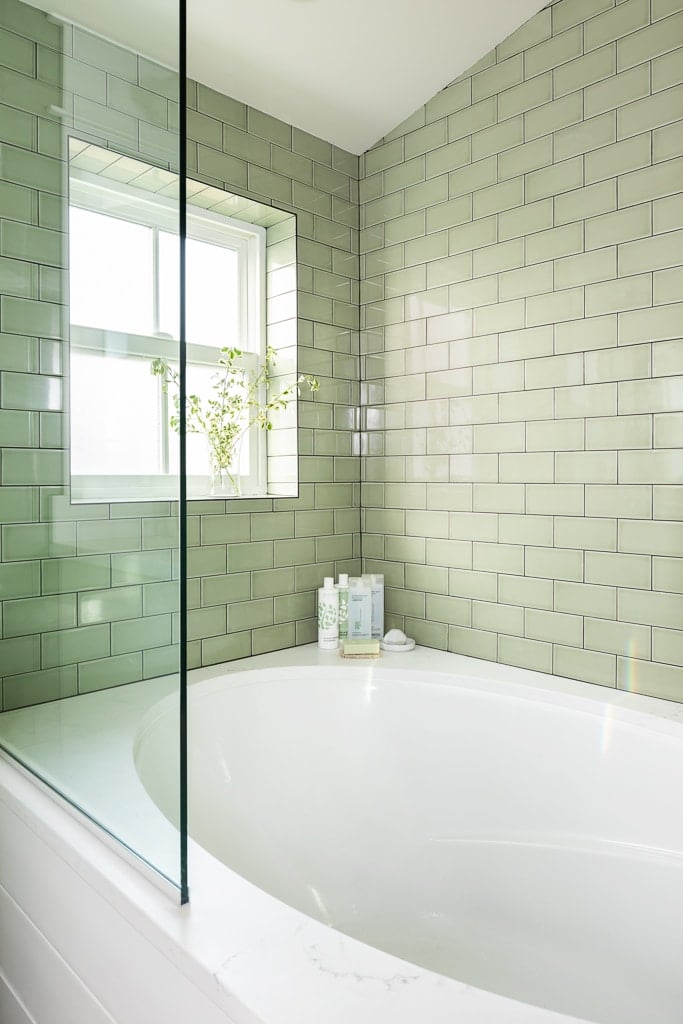
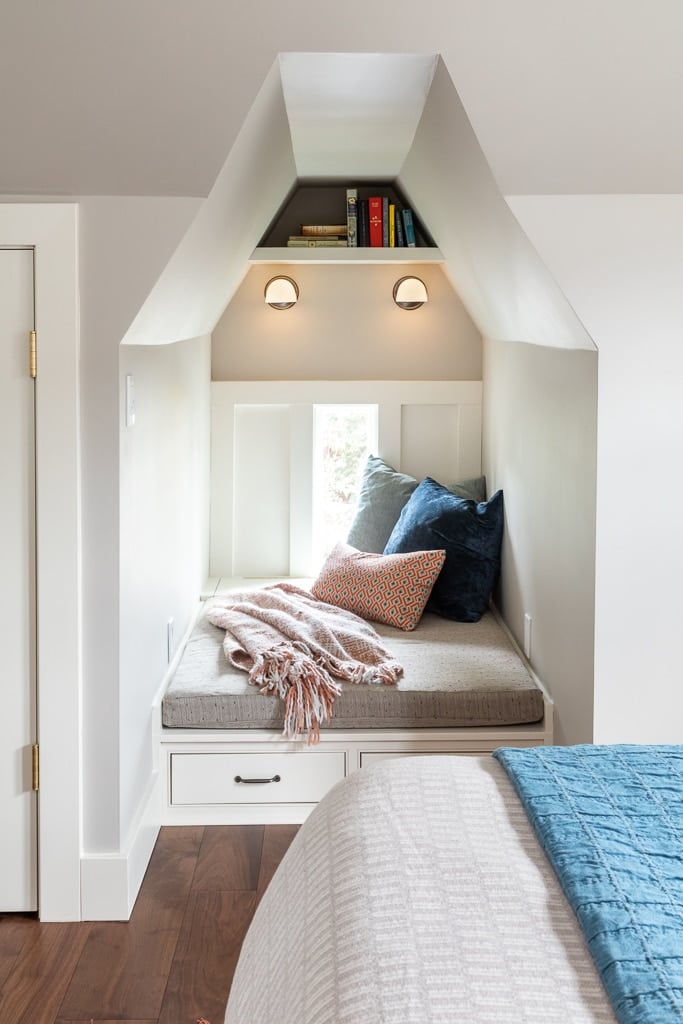
Soaking tubs are a great destresser. Many people find a warm bath to be a calm way to end the day. Studies show that being warm just before bed leads to better sleep, so getting in the routine of taking an evening bath can simultaneously improve sleep and overall wellness. Plus, using Epsom salts is great for minimizing pain and helping muscles relax.
Another common form of relaxation is reading. You don’t need a whole home library to reap the benefits of a reading break, but if you have the space we certainly recommend it! Reading nooks, corners and chairs are easy interior design changes that can create space to relax.
If a major change isn’t in your budget, simply adding comfy textures and cozy materials can increase relaxation at home. Swap old, scratchy blankets for silky or plush ones. Do the same with pillows and bedding. How can you make cozying up on the couch even more of a treat?
The bottom line is your wellbeing is worth it. If your home isn’t giving you a sense of being calm and collected, let’s fix it! Contact our Client Services team today to chat about options and schedule a time to meet with one of our interior designers. Our design team can help you find ways to add storage, promote organization, upgrade your major systems and appliances, or increase relaxation. Good interior design is a powerful wellness tool.

